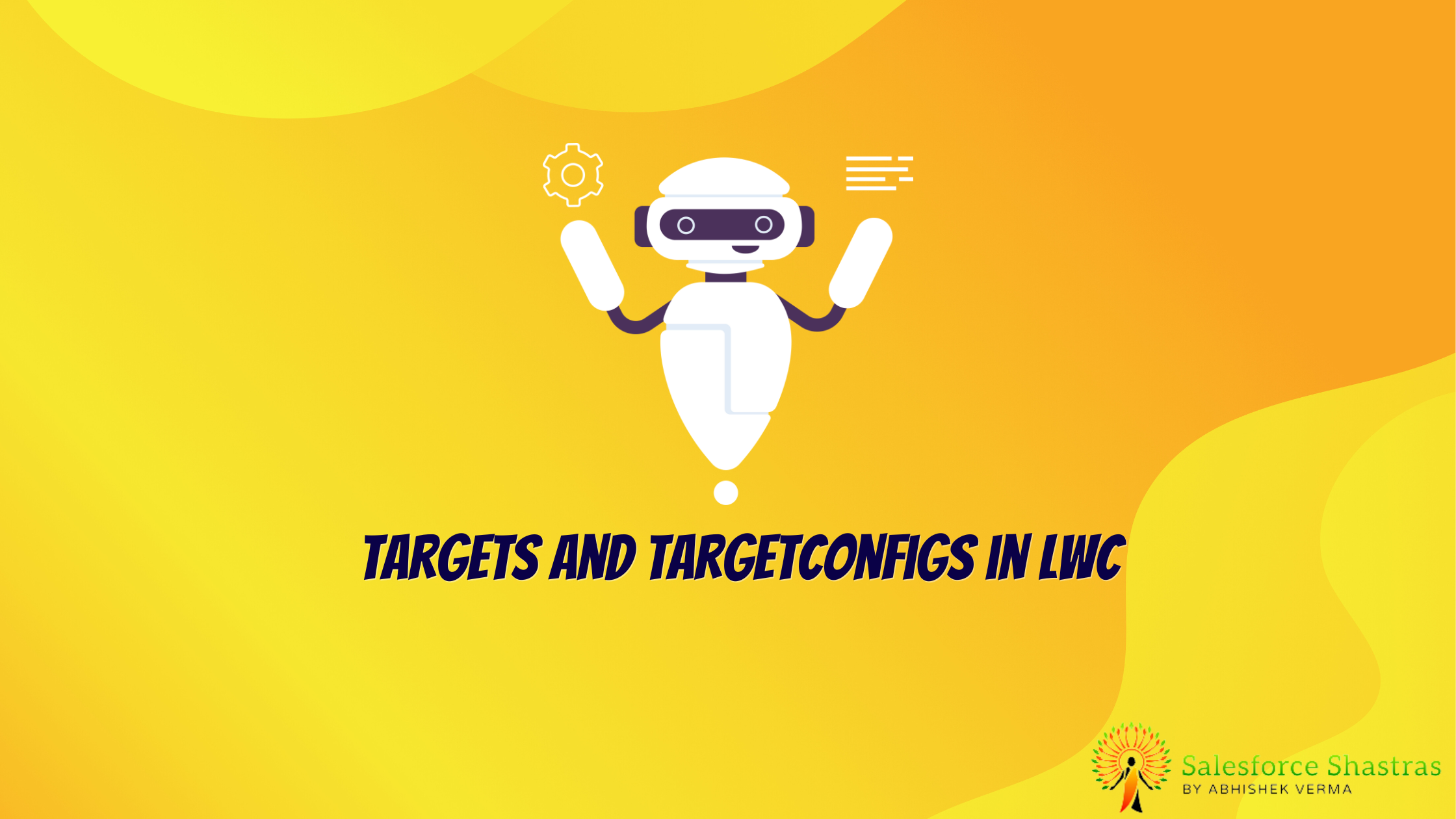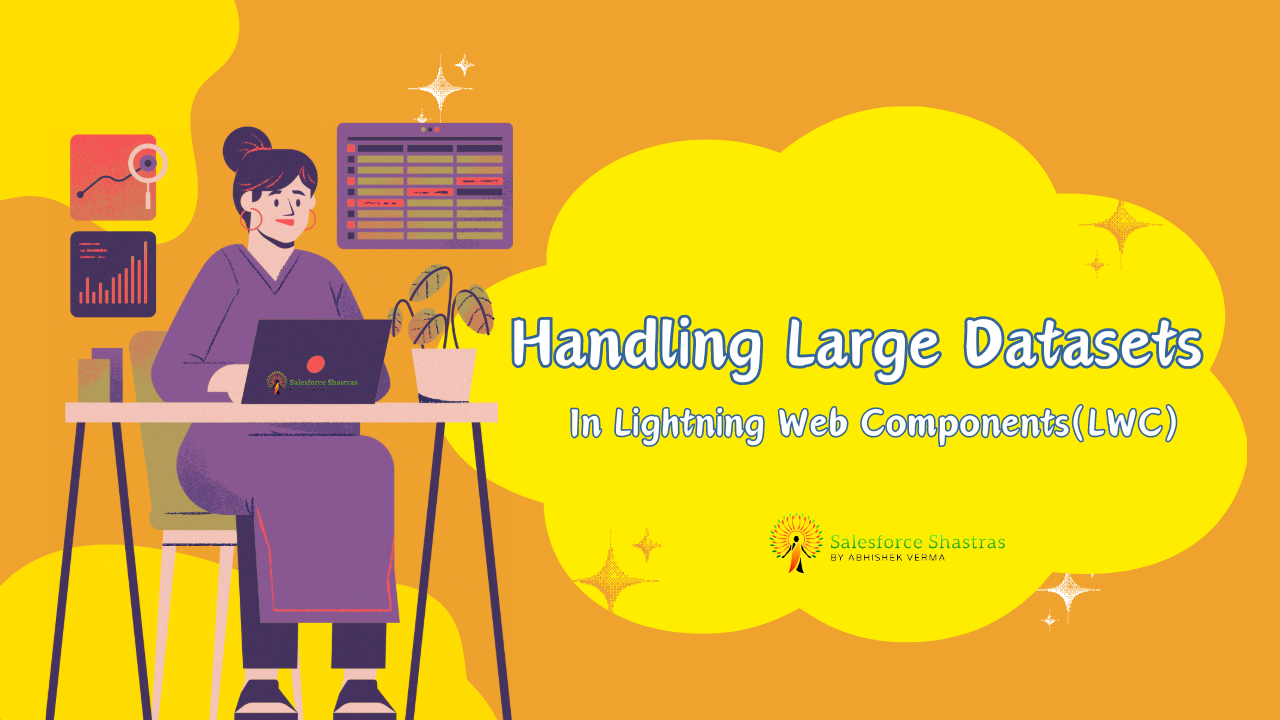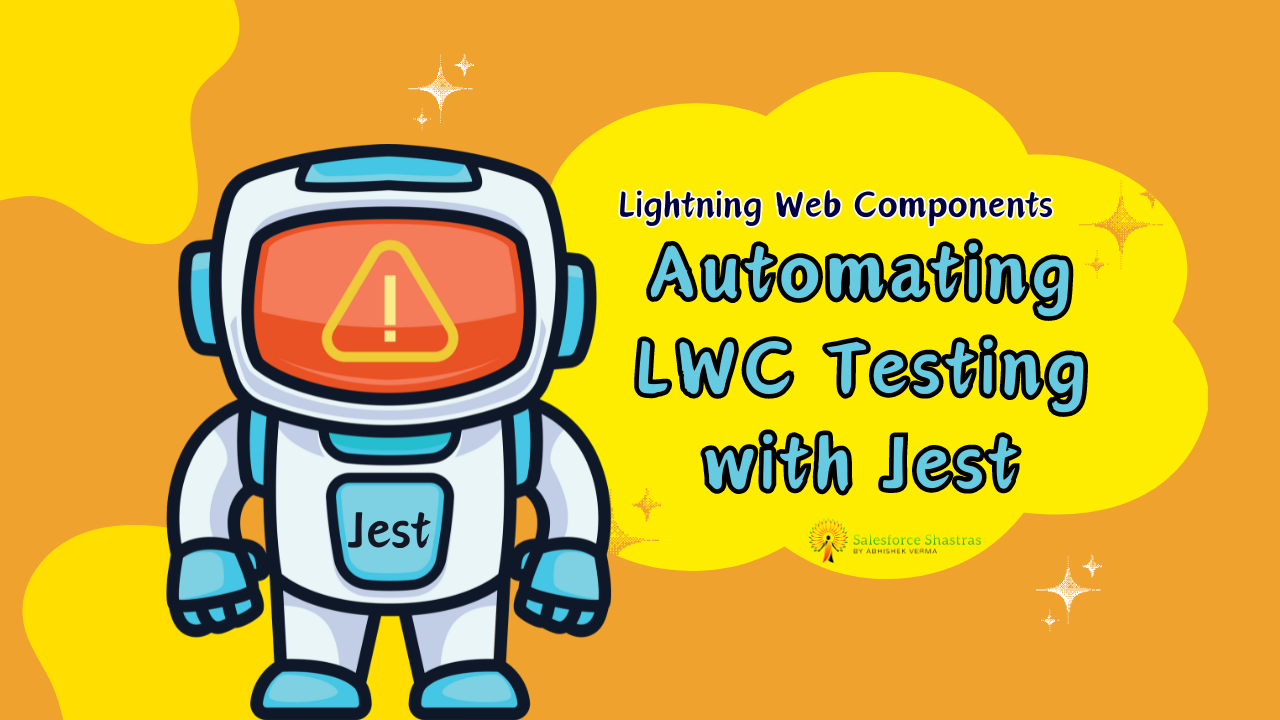Ever wondered how you could expand the horizons of your Lightning Web Components (LWC) outside the realm of your code files? With the magic of exposing your components, you can empower Salesforce admins by making them available as components to be used in App Builder, communities, and flow to create custom applications. But how does one go about this task? That’s where targets and targetConfigs come into play.
In this blog post, we’ll discover what targets and targetConfigs are, how to expose an LWC for use in flow, and we’ll explore all potential target options.
What are Targets and TargetConfigs in LWC?
The Concept of Targets
In the broadest terms, targets in LWC serve as the gateways for your custom component’s functionality. A target represents a context in which your component can be used, such as an application page, a record page, or a home page. By declaring your intended targets within the configuration file of your component, you offer administrators a flexibility to use it where it’s most beneficial.
Diving into targetConfigs
targetConfigs is an extension to targets; it’s the powerhouse that allows developers to further customize components by declaring design-time properties. This attribute empowers administrators to interact with elements like properties, objects, and fields through a user-friendly interface in App builder or flow.
Use property Tag in targetConfig
TargetConfigs permits you to set properties for your LWC instances, specifying which properties the builder surfaces. In essence, it adds an additional layer of customization to your application.
This feature is especially valuable when you want users to configure the component in App Builder. By specifying properties in this metadata file, users can fine-tune the behavior of the LWC instance without interacting with the code itself.
For instance, a TargetConfig for a lightning__RecordPage may look like this:
<targetConfigs>
<targetConfig targets="lightning__RecordPage">
<property name="myProperty" type="String" label="My Property" description="Configures the XYZ feature." />
</targetConfig>
</targetConfigs>
This config allows the user to modify myProperty directly from the App Builder.
How to Expose LWC for Use in Flow
Exposing your LWC to flow can essentially help to create a smoother and more efficient user experience. Let your components flow into various intersections of your application universe by following these steps:
- Open your
component's meta.xmlfile and specify<isExposed>true</isExposed>. This makes your component available to use outside the LWC code. - Define the targets you’d like to expose your component to. In the scope of flow, the target would be
<target>lightning__FlowScreen</target>. - Configure your
targetConfigs, specifying the properties that an admin can configure for flow.
Here’s a sample configuration:
<LightningComponentBundle xmlns="http://soap.sforce.com/2006/04/metadata">
<apiVersion>50.0</apiVersion>
<isExposed>true</isExposed>
<targets>
<target>lightning__FlowScreen</target>
</targets>
<targetConfigs>
<targetConfig targets="lightning__FlowScreen">
<property name="exampleProp" label="Example Prop" type="String"/>
</targetConfig>
</targetConfigs>
</LightningComponentBundle>
Always ensure to test your component within a flow to verify all configurations work as expected before deploying to production.
Exploring TargetOptions in LWC
Salesforce provides developers with a variety of target options, each serving a specific utilitarian purpose. Here are the most common targets to consider:
lightning__AppPage: Utilize your custom component on App Pages in Lightning App Builder.lightning__RecordPage: Enables use of your component on Record Pages, providing the ability to interact with a specific record’s data.lightning__HomePage: Lets you place the component on the Home Page.lightning__UtilityBar: Allows your component to be used in the Utility Bar, offering steady access, regardless of the user’s navigation.lightning__FlowScreen: Enables usage of component within a Lightning Flow.
Each of these targets allows for different configurations and attributes to be set within targetConfigs, providing a rich set of possibilities for component interaction.
Conclusion
Coding custom Lightning Web Components is a great way for developers to provide unique and tailored experiences within Salesforce. The true mastery, however, lies in exposing these components to be used outside the code. This level of flexibility adds extra layers of usability and adaptability. So embrace the power of targets and targetConfigs in LWC, and let your components flow seamlessly through your application’s universe!
Remember: In coding, as in life, the real power comes not from creating something unique but from making it available and useful to others.
Happy coding, Salesforce enthusiasts! Keep exploring, keep expanding, and keep sharing your innovative solutions with the Salesforce community.



